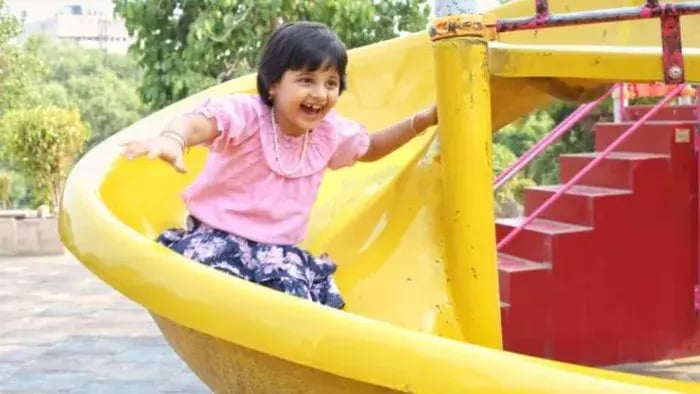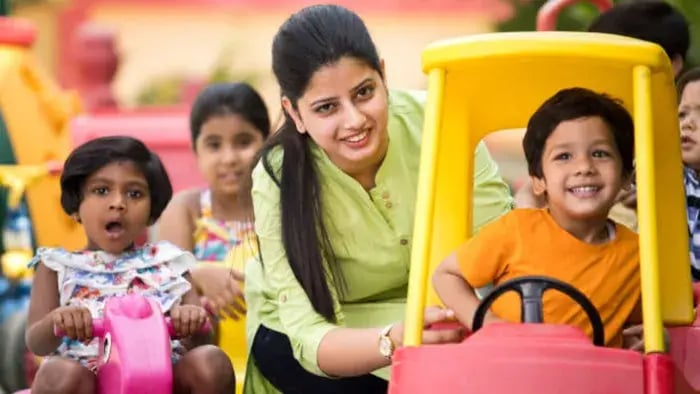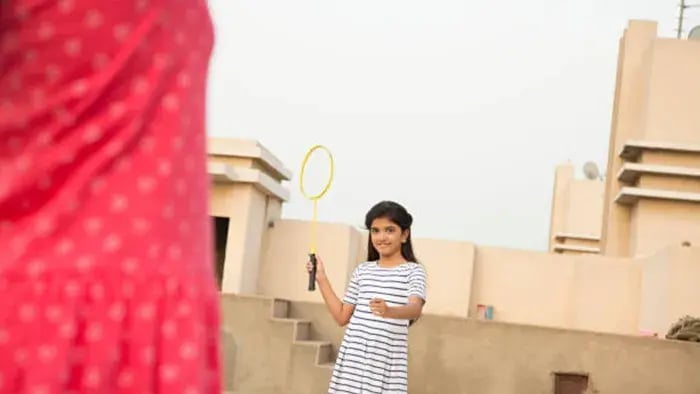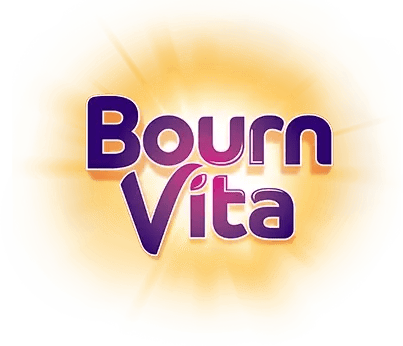- Shadow Tag
- Freeze Dance
- Obstacle Course
- Rainbow Hopscotch
- Scarf Toss and Catch
- Balloon Tap
- Follow the Leader
Introduction
Preschoolers love to move, their little bodies are designed to explore, stretch, run and tumble, and physical games are one of the best ways to support that. These games don’t just use up energy; they help build coordination, balance, and fine motor skills. Through simple movements like jumping, crawling, skipping or tossing a soft ball your child is learning to use their body with confidence and safety.

Physical games also give opportunities to boost creativity and emotional development. Games that involve taking turns, cheering each other on or following fun instructions help your child understand social rules in a relaxed way. Whether it’s dancing to music or playing a round of “freeze” these moments teach patience, listening and teamwork.
For preschoolers, physical play is more than exercise – it’s joyful learning. The more fun it feels, the more likely your child will join in, stay active and build strong, healthy habits. Indoors or outdoors, solo or with friends fun physical games lay the foundation for physical fitness and a happy mindset that will last long after preschool. Keep it light, silly and full of laughter – because when movement feels like play, learning comes naturally.
7 Fun Physical Games for Preschoolers: Moving Through Play

Preschoolers are full of energy, curious, and ready to move. Physical games are a great way to channel that energy into healthy habits and support motor development, coordination, and emotional growth. These games don’t need fancy equipment or structured training – just space, imagination, and your child’s willingness to play. From hopping and balancing to dancing and following instructions, movement becomes a gateway to learning and bonding. When play feels fun and pressure-free, your preschooler will be more likely to stay active, engaged, and confident.
Shadow Tag
In this version of tag, your child has to step on your shadow to tag you — and vice versa. It's a gentle twist on classic running games that keeps things light and silly. Shadow tag enhances visual tracking, foot coordination, and spatial awareness, all while promoting outdoor play and laughter.
Freeze Dance
Play your child’s favorite songs and let them dance freely. Stop the music suddenly and say “freeze!” Your child must freeze in place until the music starts again. This simple game helps improve listening skills, impulse control, and timing, providing your child with an outlet for free movement and self-expression.
Obstacle Course
Set up a safe obstacle course using household items like pillows, chairs or boxes. Guide your child to crawl under, jump over, or balance across. This builds gross motor skills, problem-solving, and spatial awareness. Change the setup regularly to keep it fresh and exciting.
Rainbow Hopscotch
Create a simple hopscotch grid using colored paper, chalk, or tape. Call out a color, and your child must hop to it. This version of hopscotch blends color recognition with movement, promoting gross motor skills and cognitive development through active play.
Scarf Toss and Catch
Give your child a lightweight scarf to toss and catch in the air. The slow movement gives them time to track and react, hand-eye coordination, and timing. You can make it more fun by adding colors, counting, or different tosses.
Balloon Tap
Blow up a balloon and challenge your child not to let it touch the ground. This is running, reaching, and laughing while improving coordination and reflexes. It’s indoor and great for rainy days when outdoor play isn’t an option.
Follow the Leader
Start a movement parade around your home or garden. March, hop, twirl or tiptoe and ask your child to copy each movement. Then let them take the lead. This activity builds memory, confidence, and creativity. It also helps with social-emotional skills like taking turns and cooperating.
Conclusion

Incorporating fun physical games into your preschooler's daily routine supports more than just fitness — it nurtures social skills, emotional growth, and self-confidence. Whether it’s hopping in place or balancing a beanbag, each movement teaches coordination, listening, and teamwork in playful ways. These simple yet meaningful games can be done at home, in the classroom, or outdoors, offering a perfect break from screen time. Most importantly, they turn everyday moments into joyful learning experiences. By encouraging movement through play, you’re helping your child grow stronger, smarter, and more connected — one giggle and jump at a time.
Her love for storytelling began with reading her grandfather’s speeches, where Tarishi saw the power of words in creating lasting memories. Combining her passions for food and writing, she has turned her life into a fulfilling path of sharing stories that celebrate flavours and how food brings communities together.
The views expressed are that of the expert alone.
The information provided in this content is for informational purposes only and should not be considered a substitute for professional medical advice, diagnosis, or treatment. Always seek the advice of your physician or another qualified healthcare provider before making any significant changes to your diet, exercise, or medication routines.
















